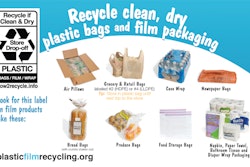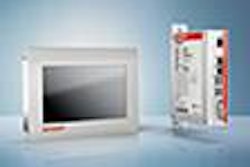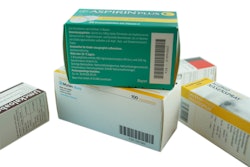
A new study shows that the process of combining linerboard and medium to make corrugated packaging is sufficient to destroy common food pathogens, effectively meeting the U.S. Environmental Protection Agency’s (EPA) requirements for chemical sanitizers.
The laboratory study, conducted by NSF International under the direction of Maryann Sanders, Senior Regulatory Specialist and microbiologist at Haley & Aldrich, Inc. and sponsored by the Corrugated Packaging Alliance (CPA), evaluated both temperature and time to determine if typical corrugated manufacturing processes, which combine a fluted or arched layer of paper sandwiched between two smooth layers, were sufficient for sanitization.
The study employed a temperature and time profile representative of manufacturing practices where linerboard reaches temperatures of 180° F to 200° F for approximately nine seconds. That profile was attained in the laboratory by placing corrugated material between two 1-in.-thick, preheated aluminum plates for the specified time. Under these conditions, linerboard contaminated with a cocktail of various thermotolerant organisms, including both E. coli and Salmonella spp., reached the specified temperature for the identified time resulting in a five-log reduction in the number of organisms present on the liner surface, effectively meeting the EPA’s defined requirement for sanitization.
“This research confirms what we have known for decades,” says CPA Executive Director Dennis Colley. “The corrugation process has sufficient temperatures and dwell time to kill microbes. Clean boxes have been consistently verified at box plants and at customer locations.”
This study is the latest in a line of both field and laboratory-based research studies performed over the past several years demonstrating the cleanliness of single-use corrugated packaging. A study conducted from 2010 to 2014 showed that more than 400 microbiological test results collected from 40 paper and box facilities all met acceptable standards for clean packaging. Another study released in February 2015 revealed that 100% of corrugated boxes from six different box suppliers tested at six different customer locations in three different U.S. regions met standards for clean packaging.


























